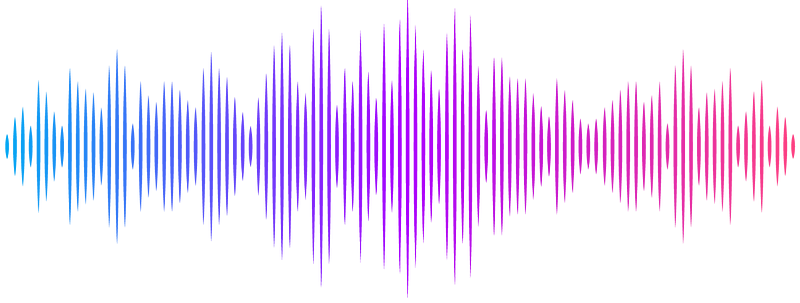A novel family of lncRNAs relate facioscapulohumeral muscular dystrophy to nucleolar architecture and protein synthesis rate

A novel family of lncRNAs relate facioscapulohumeral muscular dystrophy to nucleolar architecture and protein synthesis rate
Salsi, V.; Losi, F.; Fosso, B.; Ferrarini, M.; Pini, S.; Manfredi, M.; Vattemi, G. N. A.; Mongini, T. E.; Maggi, L.; Pesole, G. D.; Henras, A.; Kaufman, P. D.; McStay, B.; Tupler, R. G.
AbstractFacioscapulohumeral muscular dystrophy (FSHD) is a hereditary myopathy linked to deletions of the tandemly arrayed D4Z4 macrosatellite repeats at human chromosome 4q35. These deletions accompany local chromatin changes and the anomalous expression of nearby transcripts FRG2A, DBET, and D4Z4. We discovered that FRG2A is one member of a family of long non-coding RNAs (lncRNA) expressed at elevated levels in skeletal muscle cells in an individual-specific manner. We found that FRG2A lncRNA preferentially associates with rDNA sequences and centromeres, and also promotes the three-dimensional association of centromeres with the nucleolar periphery in FSHD samples. Furthermore, we demonstrate that the elevated FRG2A expression in cells from FSHD patients reduces rDNA transcription and protein synthesis rates.Our results frame a new disease model in which elevated lncRNAs expression mediated by deletions of D4Z4 macrosatellite repeats leads to a diminished protein synthesis capacity, thereby contributing to muscle wasting.


